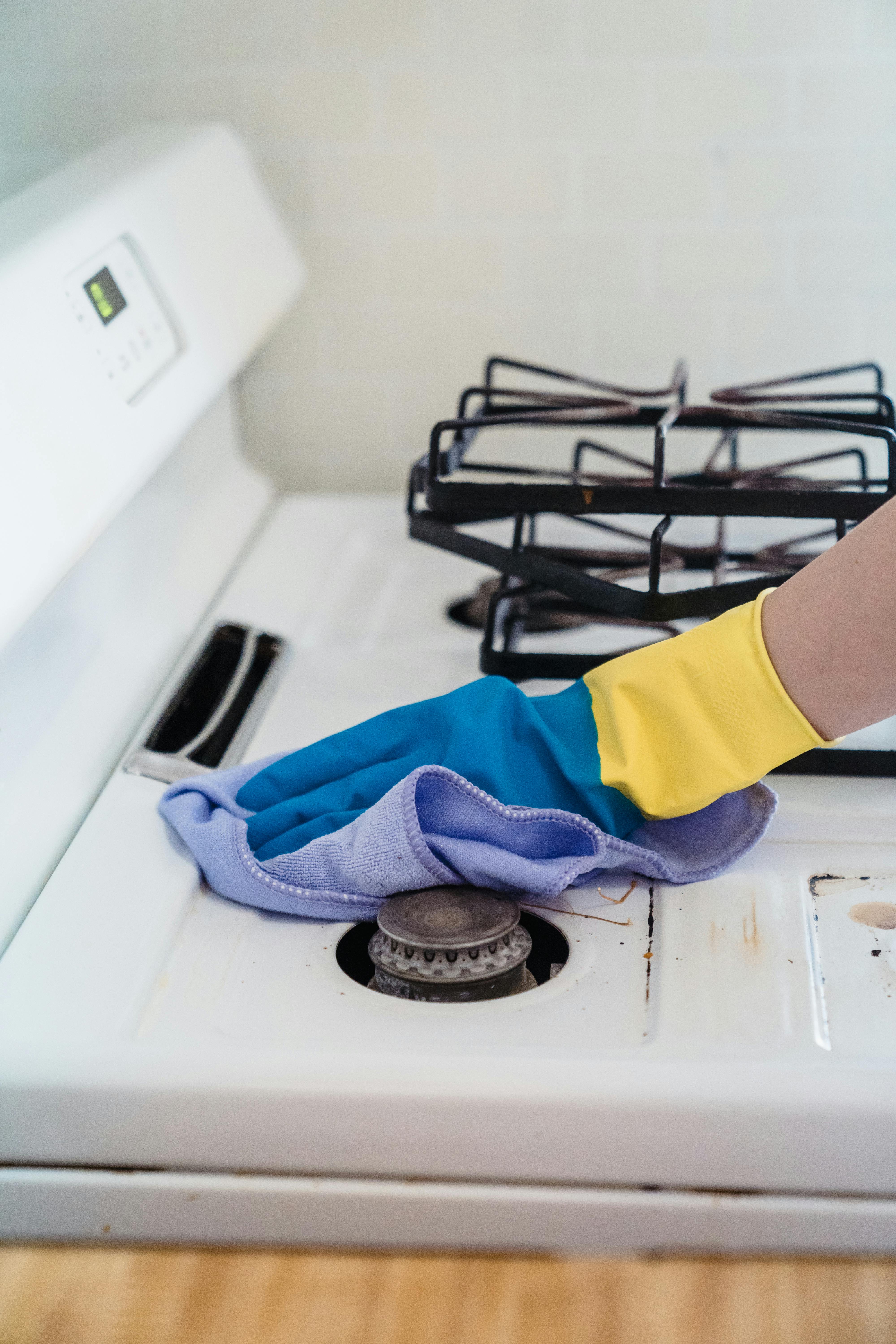From Quote to Payment: Optimizing Your Service Process to Maximize Customer Satisfaction
5/2/2025
5min read
Have you ever lost a potential customer because your quote took too long? Or maybe you've completed a job perfectly, only to wait weeks for payment? For home service professionals, the journey from that first customer inquiry to the final payment can be filled with inefficiencies that cost you time, money, and client satisfaction. Most service professionals focus their energy on delivering quality work—as they should. But what happens before and after that service matters just as much. A disjointed workflow creates friction for both you and your customers.
When customers experience a smooth, professional process from start to finish, they're not just satisfied—they become advocates for your business. They leave better reviews, refer more friends, and return when they need services again.
Before you can enhance your process, you need to understand it. Take a moment to map out every step a customer takes with your business: initial contact, scheduling the estimate, delivering the quote, booking the service, service reminder, the service itself, quality check, invoice delivery, payment collection, and follow-up. Is your current system making any of these steps harder than they need to be?
Your quote isn't just a price—it's a sales tool. The way you present your services and their value can make or break your conversion rate. Make your quotes stand out by including clear scope of work in everyday language, breakdown of costs with brief explanations, multiple service options, visual elements like your logo, and a specific expiration date to create urgency.
Consider this: quotes that are delivered within 24 hours of the initial inquiry have a 60% higher conversion rate than those delivered after 48 hours. Speed matters.
Nothing frustrates customers more than vague service windows or last-minute rescheduling. Your scheduling system should be precise, reliable, and flexible. Digital scheduling tools allow customers to see your availability and book directly into your calendar. These tools can also send automated reminders, reducing no-shows by up to 30%.
For lawn care and cleaning professionals, route optimization can dramatically reduce travel time between jobs, allowing you to serve more customers each day while reducing fuel costs. Junk removal services can similarly benefit by clustering appointments in specific neighborhoods on certain days.
The easier you make it to pay you, the faster you'll get paid. It's that simple. Today's customers expect payment options. Whether it's credit cards, digital wallets, or even old-fashioned checks, being flexible increases your chances of prompt payment.
Mobile payment solutions allow you to collect payment immediately after service completion—when customer satisfaction is highest. For handymen completing multiple small jobs in a day, this immediate payment model can improve cash flow by eliminating the invoicing delay and reducing administrative work.
Not every step in your process requires your personal attention. Strategic automation can handle routine communications while maintaining a personal touch. Imagine having automatically generated thank-you emails after quote acceptance, service reminders with technician information, follow-up messages requesting reviews, and payment confirmation receipts. These touchpoints enhance the customer experience without demanding your time.
The relationship doesn't end when the service is complete. A structured follow-up process turns satisfied customers into loyal ones. For seasonal businesses like lawn care, a simple check-in during the off-season keeps you top-of-mind when services are needed again.
Cleaning services can benefit from quarterly follow-ups suggesting deep cleaning or special services. These targeted communications have conversion rates 3x higher than general marketing messages and help create steady, predictable income throughout the year.
How do you know if your refined process is working? Track these key metrics: quote-to-job conversion rate, time from inquiry to quote delivery, average days to payment, customer satisfaction scores, and repeat customer percentage. These numbers tell the story of your customer experience far better than revenue alone.
Start small. Choose one area of your service process that causes the most friction, and focus on improving it this month. Once that's running smoothly, move to the next. Remember, the goal isn't perfection—it's progress. Each improvement creates a more professional experience for your customers and a more profitable business for you.
What part of your customer journey will you improve first?






